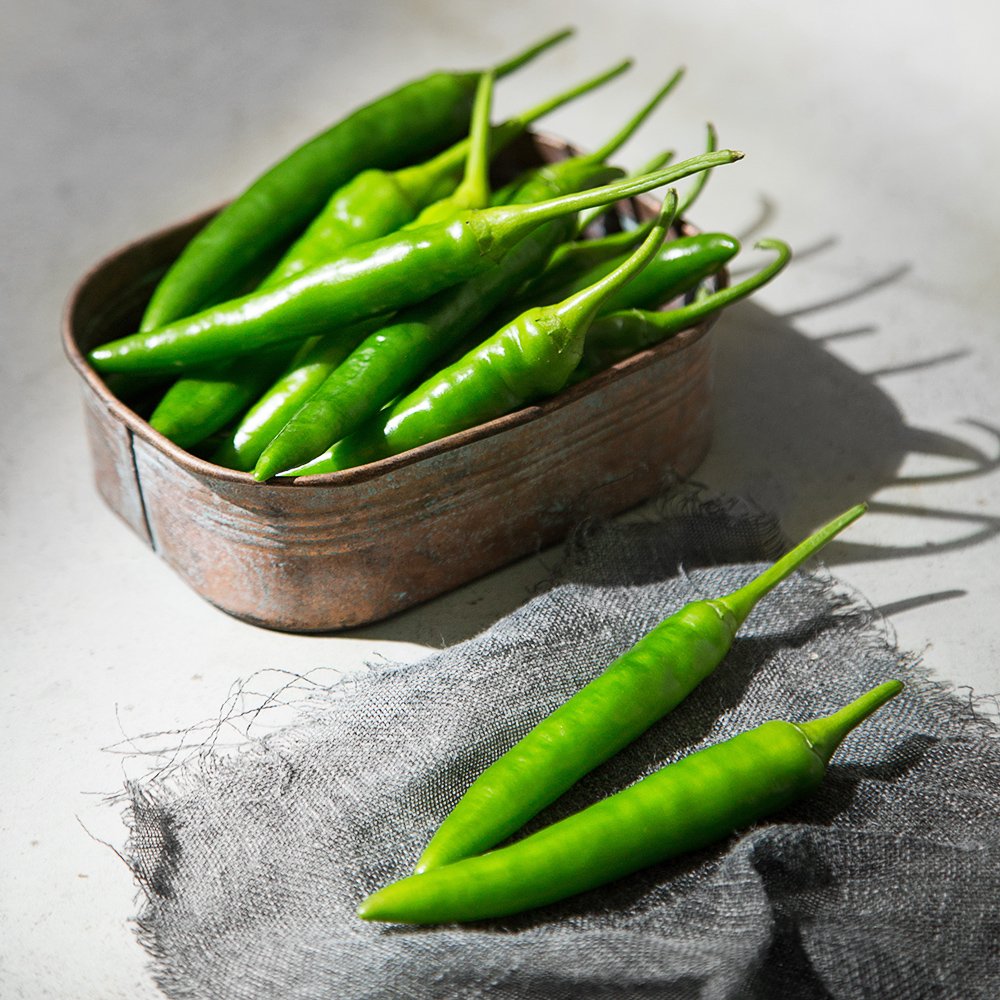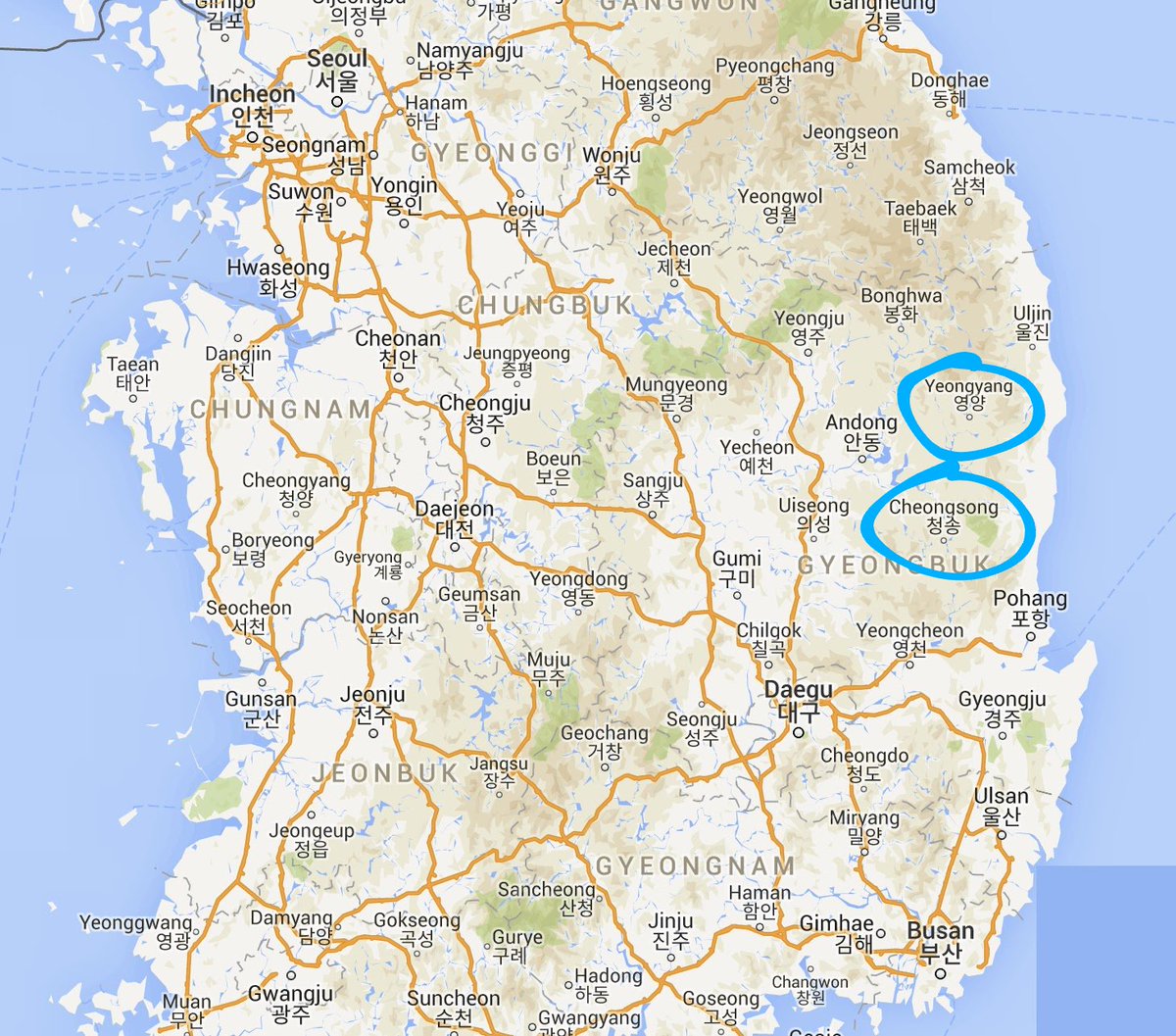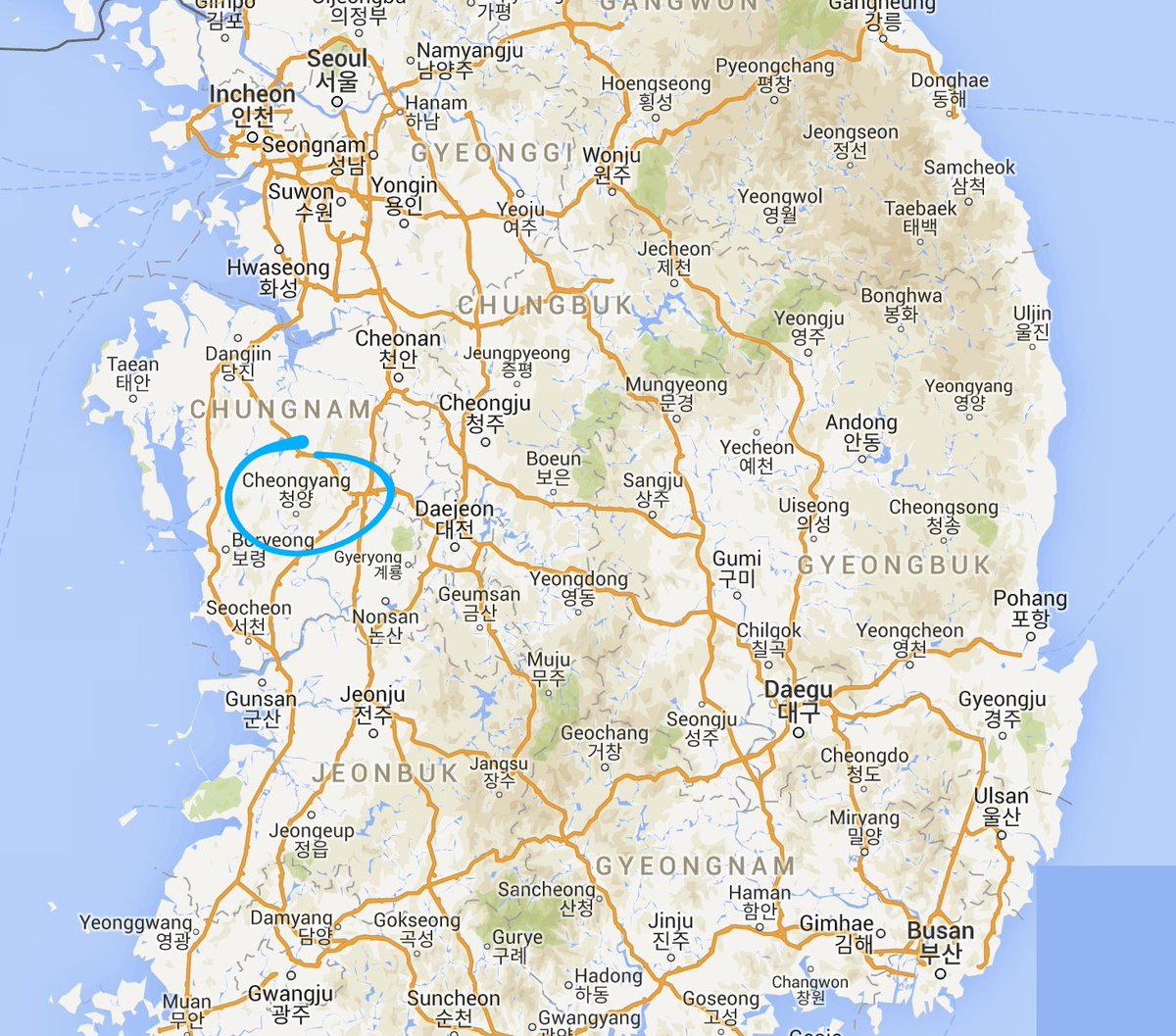What is K-spicy? Or, when pseudohistory meets food and digital history.
Meet cheongyang peppers (pictured), which are ubiquitous in South Korean supermarkets these days along with put ("fresh") and oi ("cucumber") peppers.
Meet cheongyang peppers (pictured), which are ubiquitous in South Korean supermarkets these days along with put ("fresh") and oi ("cucumber") peppers.
Contrary to its stereotype, Korean cuisine was not always spicy, nor was spiciness associated with national identity. Until the 1950s, sharp and spicy taste was associated with a lack of refinement, as still found in Korea's Buddhist cooking (see: http://news.khan.co.kr/kh_news/khan_art_view.html?art_id=202011062134015).
Go back only 50 years, and chili peppers were not cheap. Using short stories, novels, and recipes, culinary historians reconstructed the growing level of spiciness in Korean cooking in the 20th century.
Most crucially, South Korean cooking was impacted by the introduction of spicy instant noodles in the 1980s. Check out my colleague Han Kyungkoo's study of the "ramyeonization" of Korean taste in his article, "Noodle Odyssey: East Asia and Beyond." https://doi.org/10.25024/kj.2010.50.1.60
The demand for hot and spicy taste was met by a new breed of chili pepper: cheongyang. South Korea's arguably most beloved chili pepper today was invented in 1983 by hybridizing Jeju and Thai varieties.
Cheongyang is not as spicy of habanero or tabasco but significantly spicier than "fresh" Korean chili peppers. Many Koreans love adding cheongyang to Vietnamese pho rather than cilantro, basil, and coriander for reasons beyond me (and let me save that rant for another time).
If you are a Korean nationalist, however, Koreans must have enjoyed spicy cooking since time immemorial. That means chili peppers must be indigenous to Korea. At the least, there is no way chili peppers entered the Korean peninsula from the New World, via... those Japanese!
Worst case, Korean peppers must have come from the north. The northern origin hypothesis is an obsession among some South Korean academics whose motivation leans more toward pseudohistory and nationalism than objective research. Judge for yourself: https://doi.org/10.1016/j.jef.2017.08.010.
The name cheongyang is the subject of an amusing (pseudohi)story, too, with reminders of the Korean pseudohistory of Boyi and Shuqi. https://twitter.com/javiercha/status/1348328643110477824
The part-Jeju, part-Thai pepper has disputed origins due to its name. The hybridization trials took place in Cheongsong and Yeongyang counties in Gyeongsang province. The name cheongyang was an homage to them.
Cheongyang county in Chungcheong province, however, had other ideas. The county funded research projects to "prove" the true origins of cheongyang. "While no clear records indicate this, it is definitely the variety taken from Cheongyang." https://biz.chosun.com/site/data/html_dir/2007/04/05/2007040500987.html
In the 1990s, Jungang Jongmyo, the company responsible for the hybridization of cheongyang peppers, posted an official statement on its website, clarifying that cheyongyang is an homage to Cheongsong and Yeongyang counties.
During the 1997 Asian financial crisis, Jungang Jongmyo was acquired by a company called Seminis and that official statement went offline without being archived.
People, web archiving is important!
People, web archiving is important!
Cheongyang county continues to dispute the repeated clarifications by Dr. Yu Irung, the chief scientist who oversaw the hybridization, that the name is indeed a reference to Cheongsong and Yeongyang.
A local paper in 2004: "We can't bear this any longer!" http://www.cynews.co.kr/news/articleView.html?idxno=21531
A local paper in 2004: "We can't bear this any longer!" http://www.cynews.co.kr/news/articleView.html?idxno=21531
Today, Monsanto is the parent company of Seminis and owns the intellectual property of South Korea's favourite source of hot and spicy flavour.
@StatesWarring This thread is for you. Dongyi update.
Apparently some folks are reading politics into this thread. I wrote this for amusement and to fulfill a promise made to @StatesWarring a while back.
We're on Twitter. If you prefer something dense, try my open-access academic articles. I recommend medieval patrimonialism.
We're on Twitter. If you prefer something dense, try my open-access academic articles. I recommend medieval patrimonialism.


 Read on Twitter
Read on Twitter




